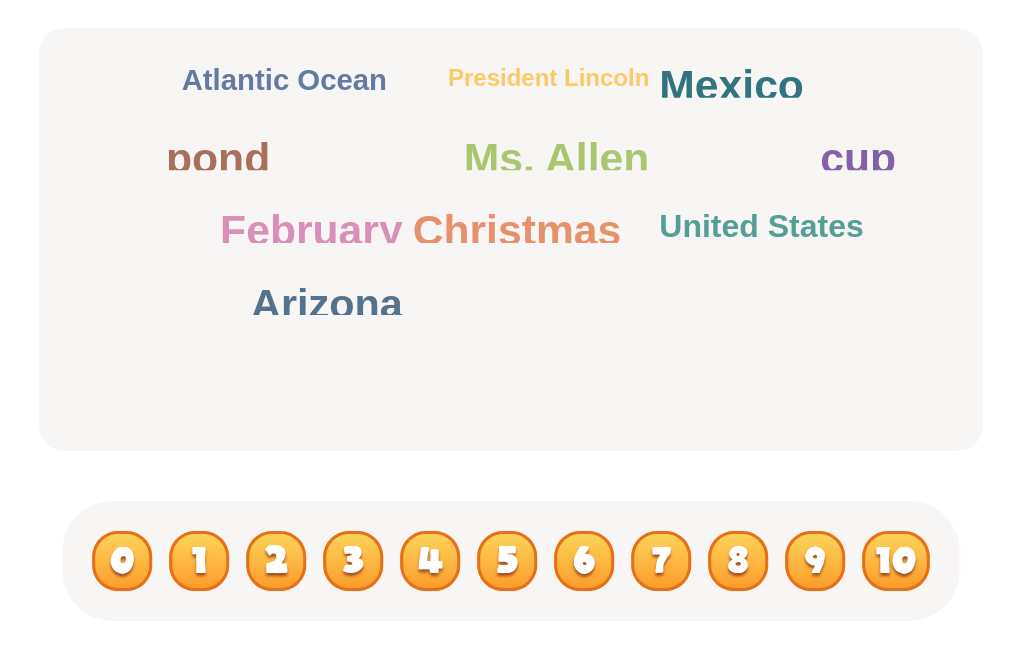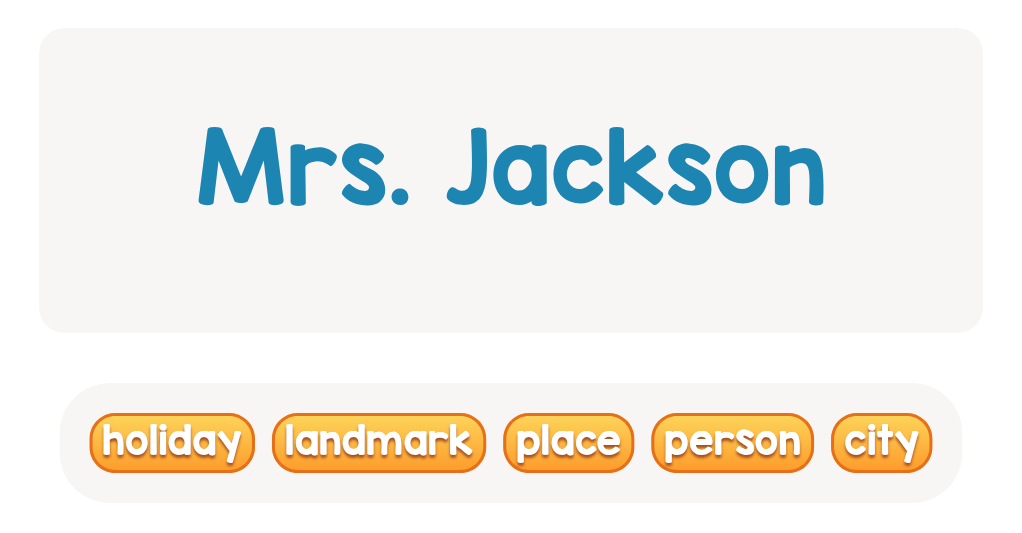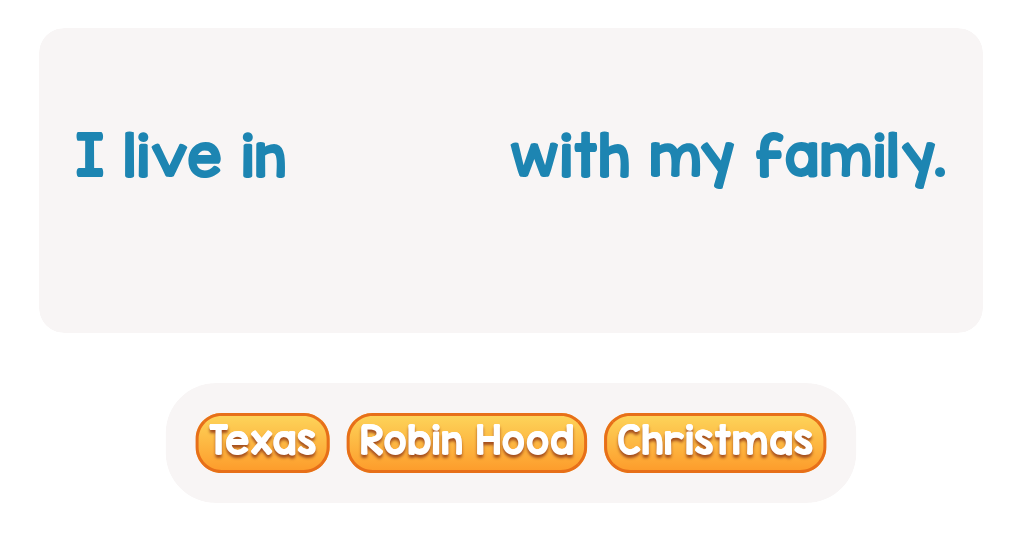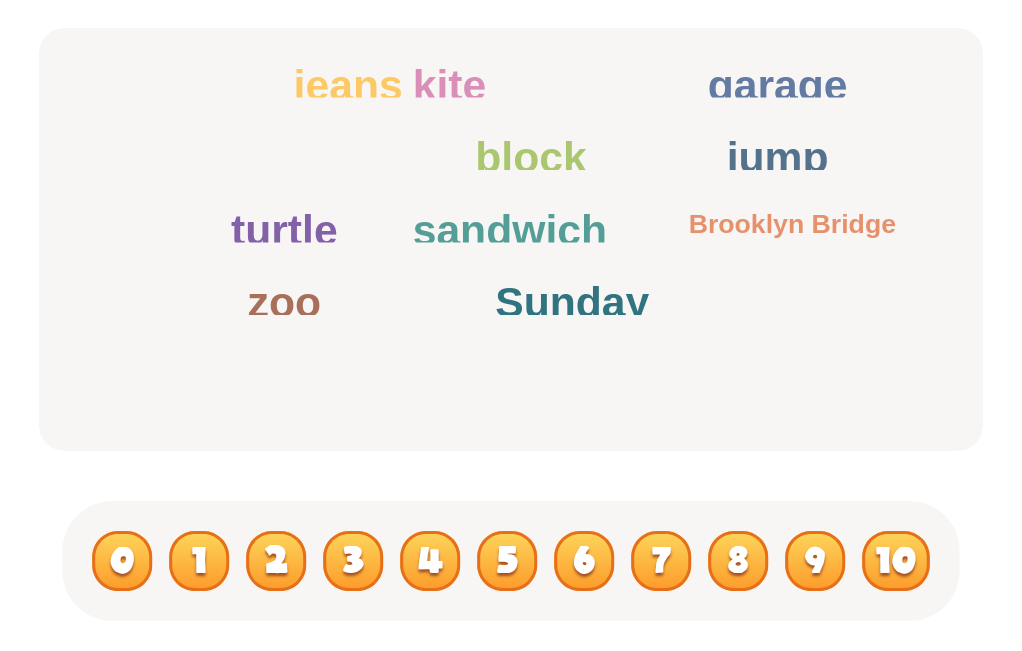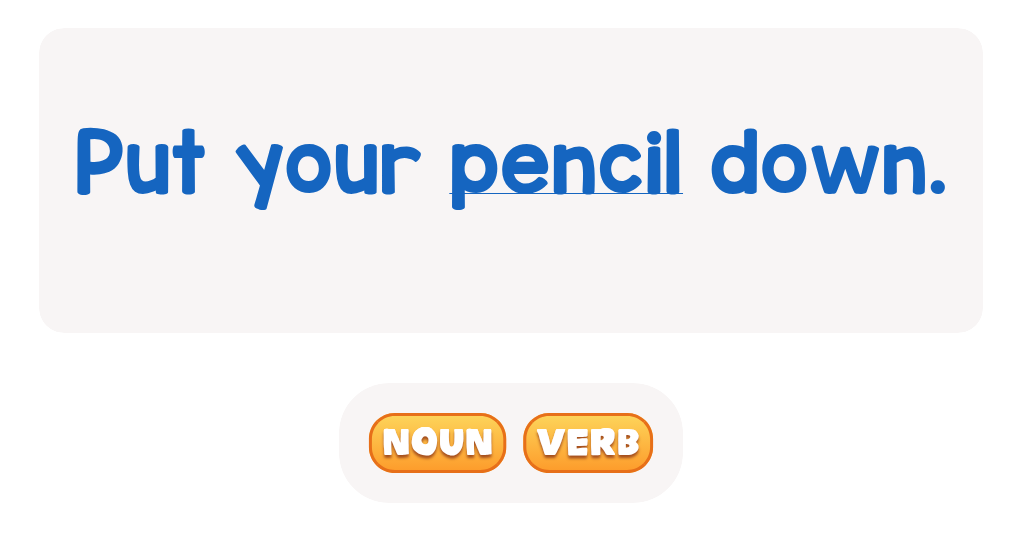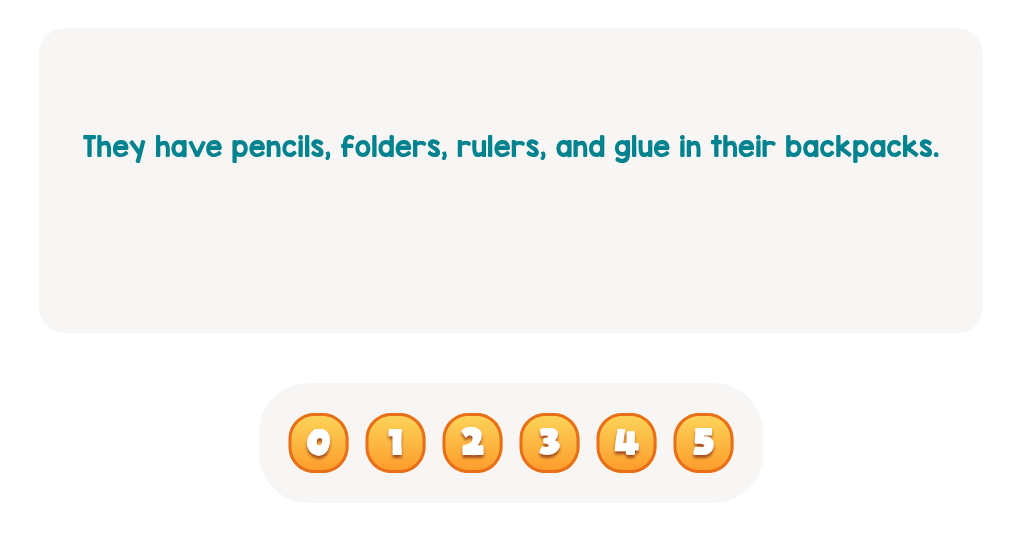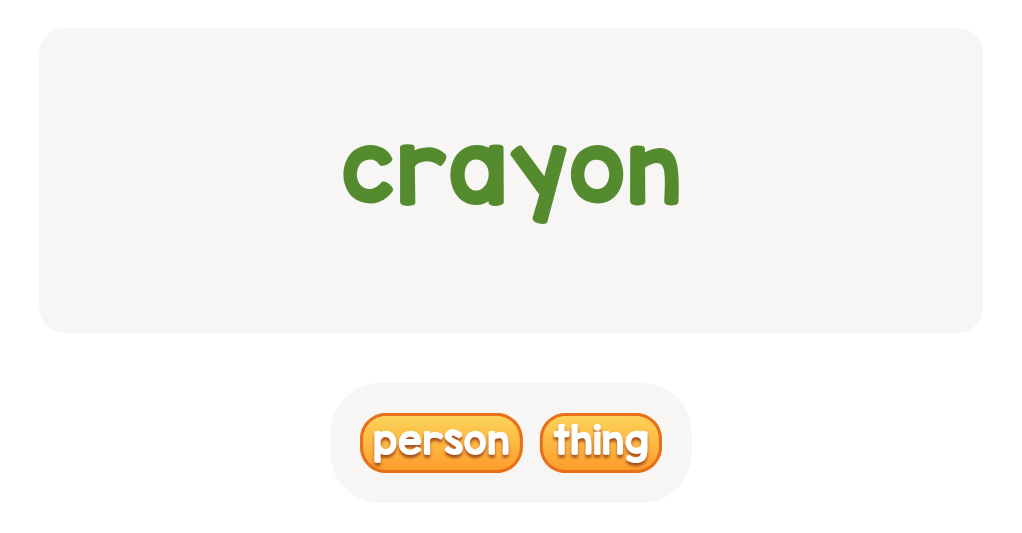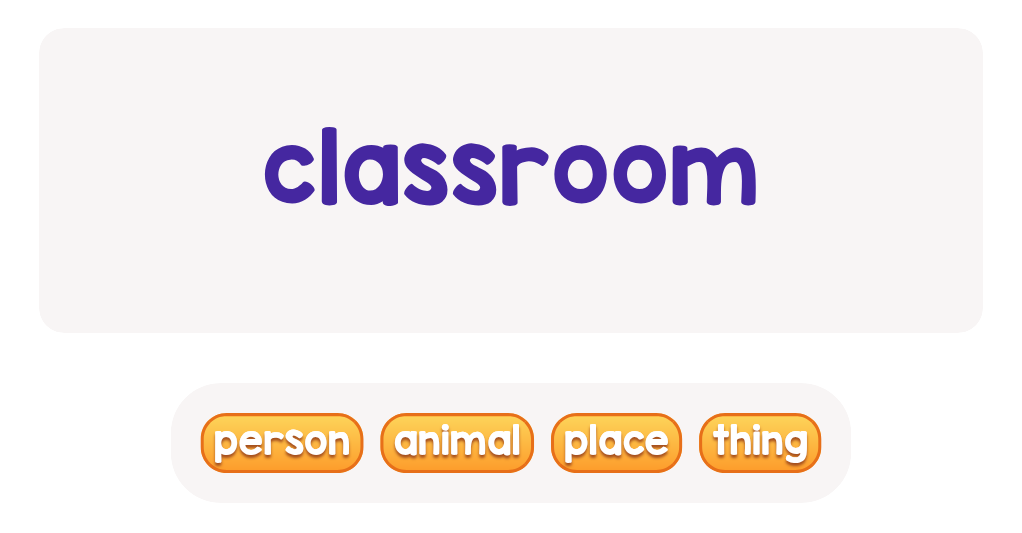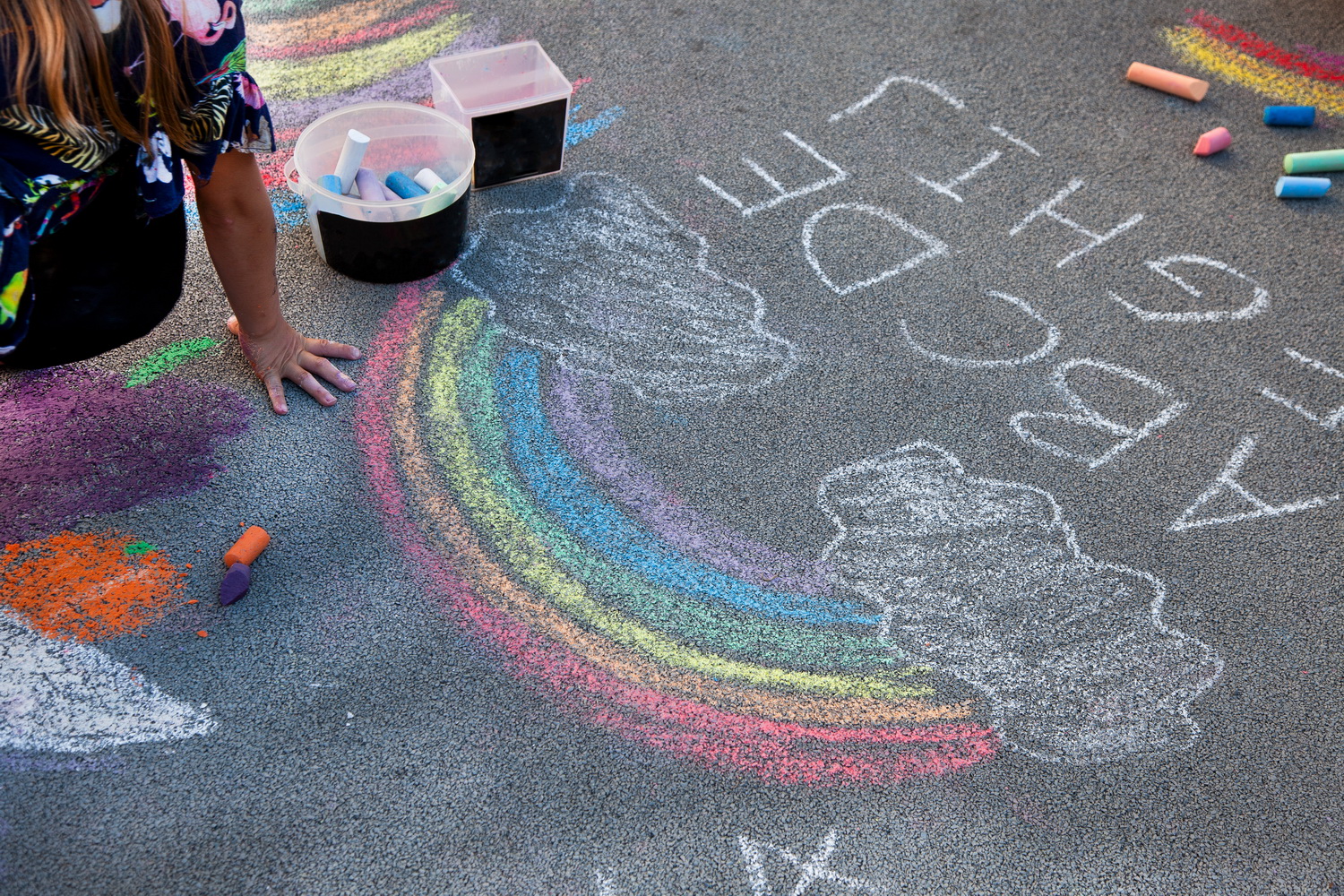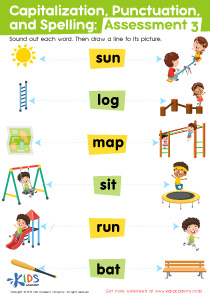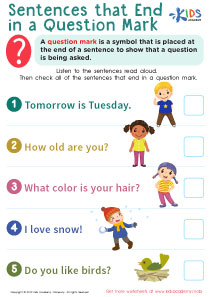Sentence structure understanding Grammar Worksheets for Ages 3-9
3 filtered results
-
From - To
Elevate your child's language skills with our "Sentence Structure Understanding Grammar Worksheets" designed for ages 3-9. These interactive worksheets make learning enjoyable, focusing on the fundamentals of sentence construction. Perfectly tailored to young learners, this series covers essential grammar rules, enhancing reading and writing proficiency. Through engaging exercises, kids will grasp how words form coherent and meaningful sentences. Featuring colorful visuals and fun activities, our worksheets transform grammar basics into an exciting adventure. Help your child build a strong foundation in sentence structure and watch their communication skills flourish. Ideal for parents and educators seeking quality, age-appropriate resources.
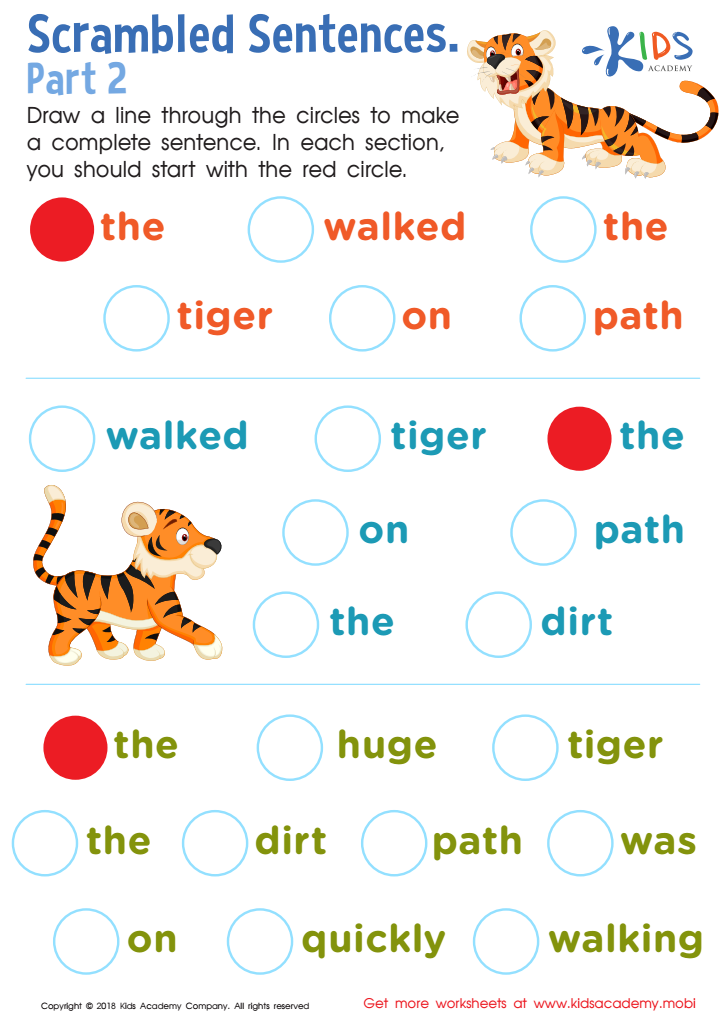

Scrambled Sentences Part 2 Worksheet


Scrambled Sentences Worksheet
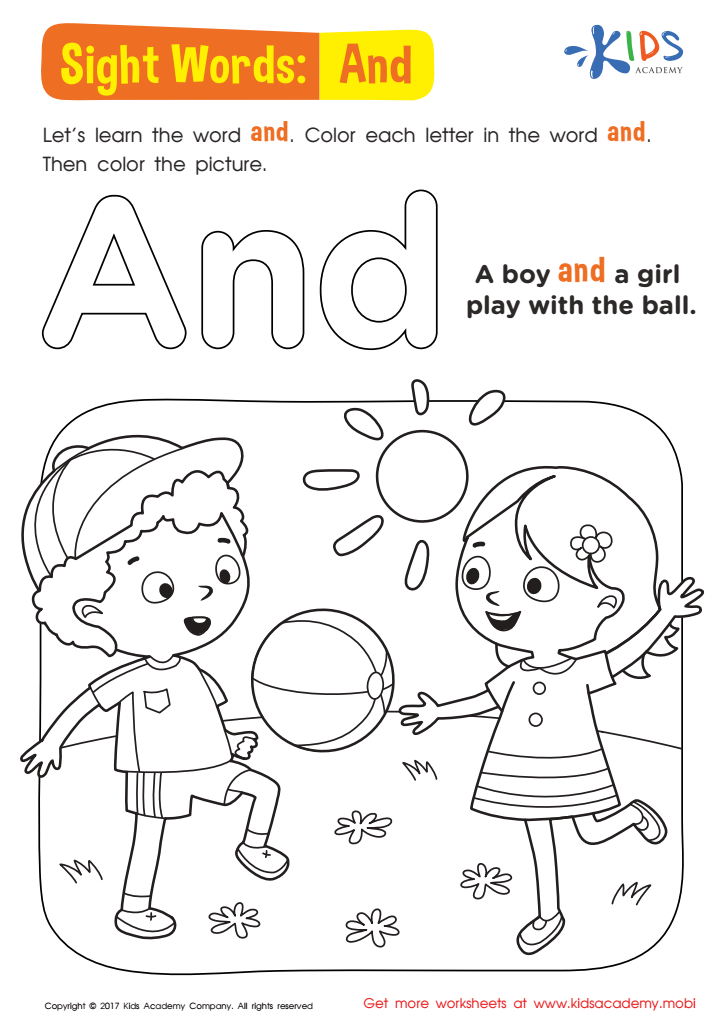

And Worksheet Sight Words Worksheet
Understanding sentence structure and grammar is foundational for children aged 3-9 because it directly influences their ability to communicate effectively, both verbally and in writing. During these early years, children acquire language skills rapidly, and a strong foundation in grammar helps them make sense of how words and phrases come together to form meaning.
For parents and teachers, focusing on grammar and sentence structure supports cognitive development, allowing children to develop critical thinking and comprehension skills. When children understand how sentences are constructed, they can better grasp the nuances of questions, commands, and stories, enhancing their reading abilities. This literacy skill is essential for academic success, as standardized tests and school curricula often require strong reading and writing proficiency.
Furthermore, early grammar knowledge equips children to express themselves clearly and creatively. By learning the rules and patterns of their language, children gain confidence in using it, which boosts their self-esteem and encourages active participation in class and social settings.
In summary, prioritizing sentence structure and grammar for young children correlates with improved cognitive, reading, and communication skills, laying a strong foundation for their future academic and social success. Both parents and teachers play crucial roles in supporting this facet of language development.
 Assign to My Students
Assign to My Students

